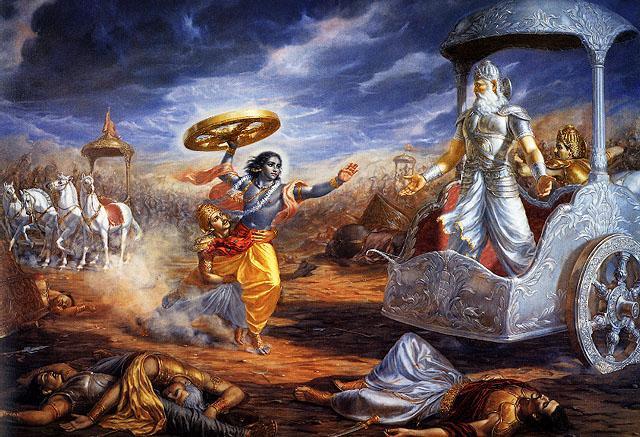An Analysis of Power Distribution in An Epic Story (Critical Discourse Analysis of Mahabharata Story)
This research focused on the analysis of power distribution in Mahabharata epic story (both Indian and Indonesian versions) with critical discourse analysis as the applied research method. The research objectives are to analyze how power is distributed between genders and how each gender plays their role in the relations from the respective version, to draw a comparative analysis between Mahabharata Indian and Indonesian versions and to analyze the social cultural context that influenced the way the story of Mahabharata Indian and Indonesian versions were narrated by each author.
The research outcome, obtained after analyzing the texts of Mahabharata Indian and Indonesian versions, shows that the Indian version tended to treat women as an object of fulfilling men’s needs and sexual desire with the exception of women who had special power and also mothers. Despite the fact that the Indonesian version tended to preserve the notion that women should appear submissive to men and should not excel men in any way, the version showed more respect to housewives, unlike the Indian version that treated housewives as merely walking wombs. The fact that women receive different treatments in different versions of Mahabharata story is basically influenced by the social cultural condition of each country when the story was popularized. In India (as shown by the version of Narasimhan), the social cultural conditions affecting women’s marginalization in the texts were mainly due to the custom of sati and the strong patriarchal culture, while in Indonesia (when Kosasih’s graphic novels were written), it was influenced by the conduct of its first president, Soekarno who did polygamy in 1953 and Islamic teachings as well as Indonesian traditions.
Name : Priscilia Earlene
Student No : 158. 0302. 2008
Thesis Title : An Analysis of Power Distribution in An Epic Story
(Critical Discourse Analysis of Mahabharata Story)
Total Pages : 5 chapters, 152 pages and 1 table
References : 45 books, 4 journals and 16 internet websites
[thankyou]

